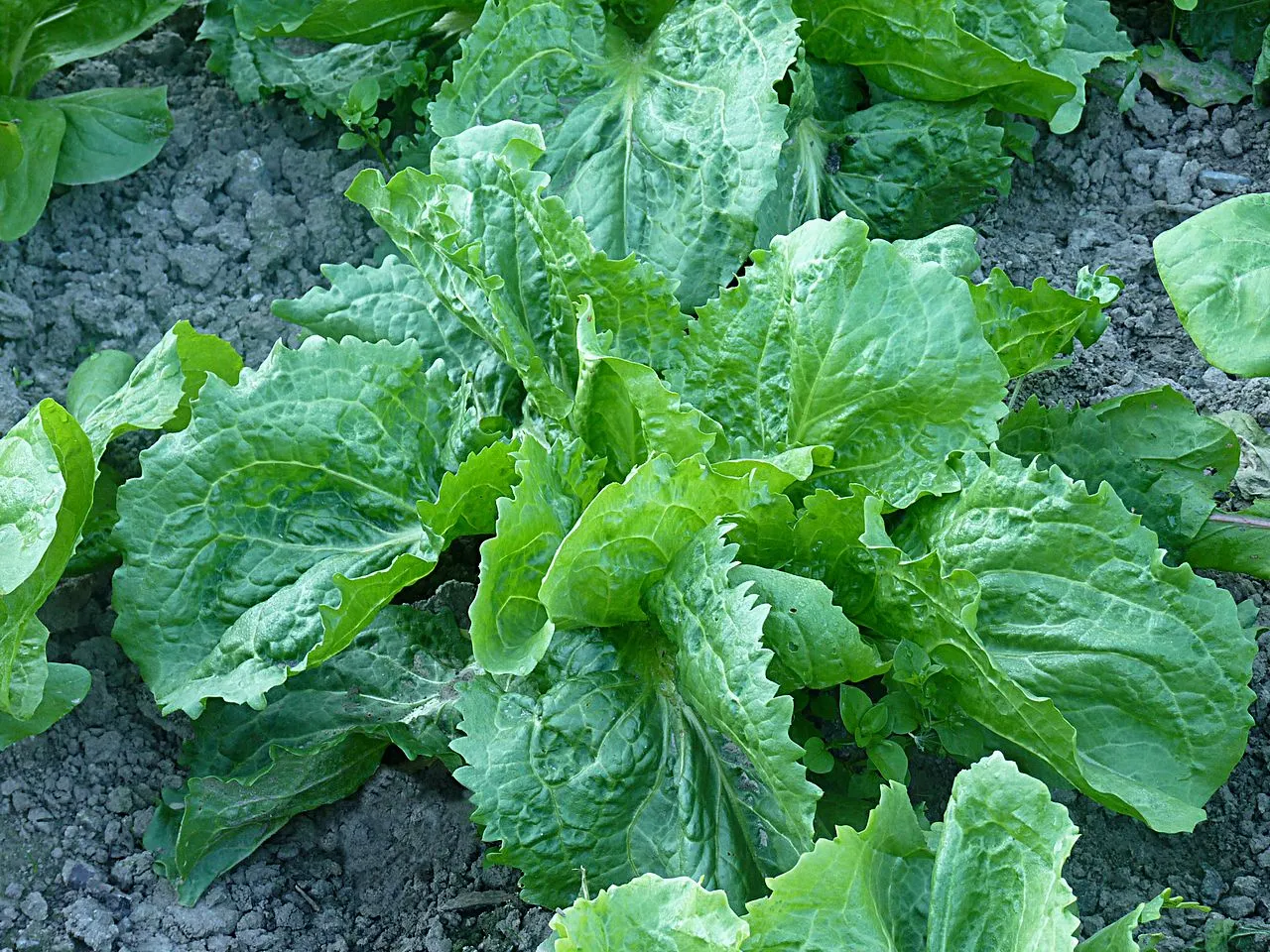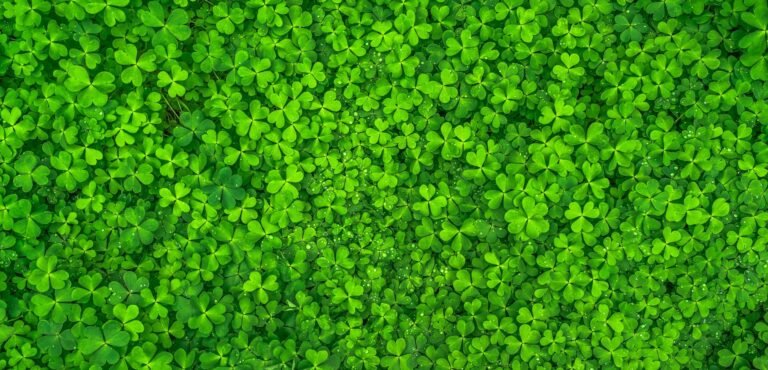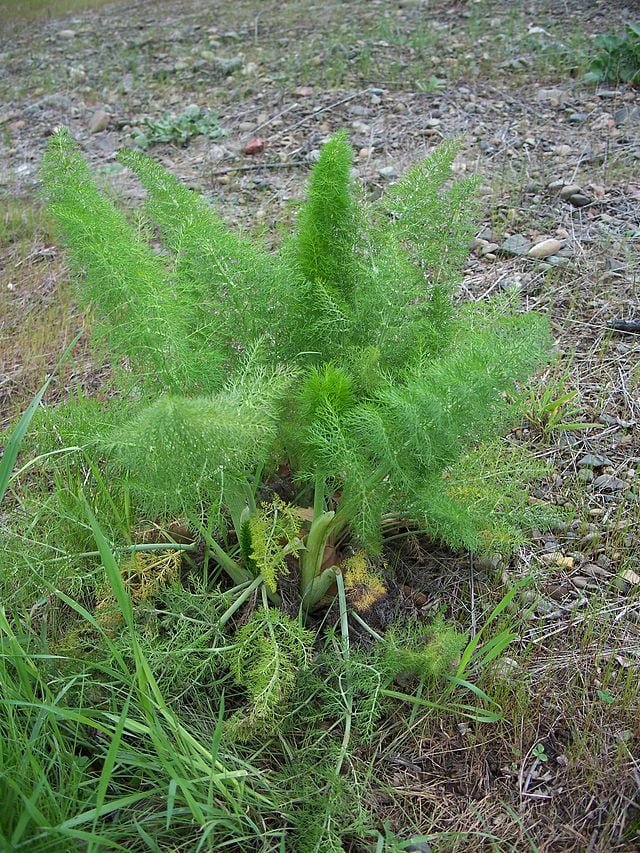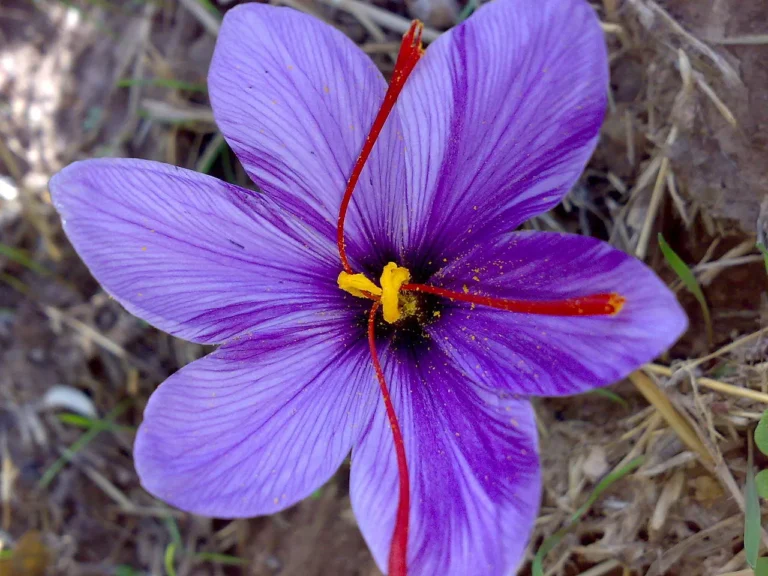Growing Endive: A Gardener’s Guide to Cultivating Bitter Greens
Endive, a member of the chicory family, offers a unique taste and texture to a variety of dishes. Its ability to grow in cooler temperatures makes it a valuable addition to the fall and spring garden. Whether you’re growing the curly frisée type for its ornamental leaves or the broader-leaved escarole for its milder flavour, here’s how to successfully grow and enjoy endive.
Why Grow Endive?
Endive is not only prized for its culinary uses but also for its nutritional content, including high levels of vitamins A and K, fiber, and folate. It’s a perfect crop for extending the gardening season into cooler months, as many varieties are frost-tolerant.
Selecting Endive Varieties
- Curly Endive (Frisée): Characterized by its narrow, frilly leaves and pronounced bitter flavour. Great for adding texture to salads.
- Escarole: Has broad, smooth leaves with a milder taste. It’s excellent cooked in soups or sautéed.
Some popular varieties include ‘Tres Fine Maraichere’ for curly endive and ‘Broad-Leaved Batavian’ for escarole.
Planting Endive
- Timing: Sow endive seeds in late spring for a summer harvest or late summer for a fall harvest. Endive grows best in cooler temperatures, between 60°F and 70°F.
- Soil and Site: Choose a site with full sun to partial shade and well-draining soil rich in organic matter. Endive prefers a soil pH of 6.0 to 6.8.
- Sowing Seeds: Plant seeds ¼ inch deep, spacing them 1 inch apart in rows 12-18 inches apart. Thin seedlings to 8-12 inches apart once they have a few true leaves.
Caring for Endive Plants
- Watering: Provide regular, even watering to keep the soil consistently moist, which is crucial for developing tender, flavorful leaves.
- Mulching: Apply a layer of organic mulch to conserve moisture, regulate soil temperature, and suppress weeds.
- Feeding: Use a balanced, all-purpose fertilizer at planting and again midseason to encourage robust growth.
Pest and Disease Management
Endive can be susceptible to pests like aphids and diseases such as downy mildew. Use floating row covers to protect plants, promote good air circulation, and practice crop rotation to minimize issues.
Harvesting Endive
- Harvest Timing: Endive is ready to harvest about 85-100 days after planting, depending on the variety. The outer leaves should be well-formed and the heart firm.
- Method: Cut the entire plant at the soil level, or harvest outer leaves as needed for a continual supply.
Using Endive
Endive can be enjoyed raw in salads, where its bitterness adds a complex flavor, or cooked to mellow its taste. It pairs well with sweet and acidic dressings, fruits, and nuts. Escarole can be added to soups and stews or sautéed as a side dish.
Conclusion
Growing endive is a fantastic way to extend the gardening season and diversify your vegetable harvest. With its unique flavor and nutritional benefits, endive is a versatile green that enhances a wide range of dishes. Follow this guide to enjoy the rich flavours of endive from your garden.







